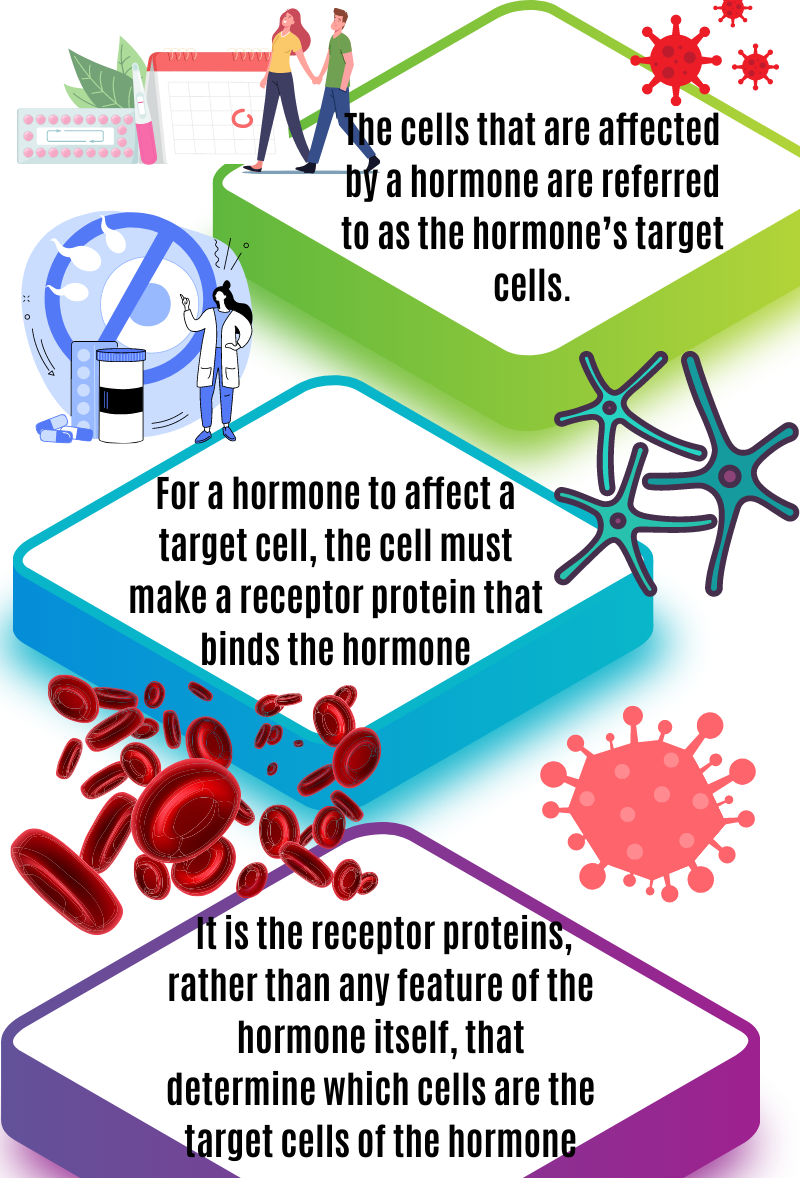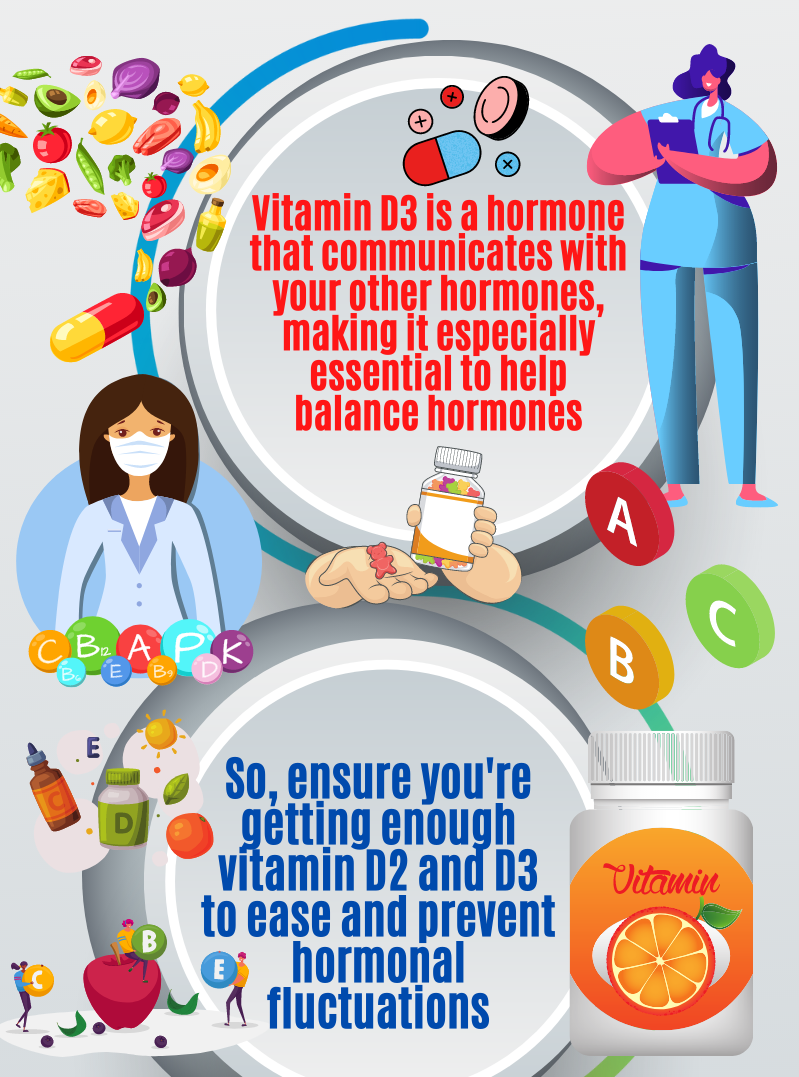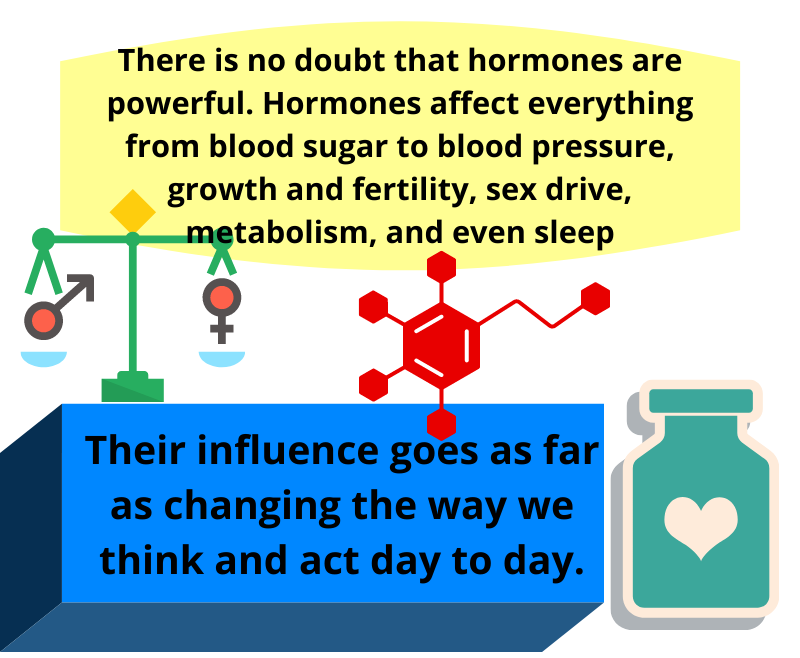A hormone can be defined as ‘‘a substance that originates in an organ, gland or part and is conveyed through the blood to another part of the body, stimulating it by chemical action to increase functional activity or to increase secretion of another hormone’’.
A simpler, if less precise, definition is that hormones are chemical messengers that are carried in the bloodstream from their site of production to their targets. Chemically, hormones are traditionally divided into two groups: steroids and peptides. Steroid hormones are lipids, derived from cholesterol, and all share a common steroid carbon skeleton. Peptide hormones include modified amino acids, small peptides, and larger proteins. In recent years, the third class of hormones has been identified, the eicosanoids. These lipid hormones are derived from a fatty acid, arachidonic acid.
Hormones are produced mainly by endocrine glands, ductless glands that release their hormone products directly into the bloodstream; however, a few hormones are produced by other tissues, including the heart, kidneys, adipose cells, and the placenta. Although hormones in the blood reach all the cells in the body, they affect only specific cells, their target cells.
Types of Hormones
Currently, there are about 50 known human hormones.
- Steroids:
Steroid hormones all have a four-carbon ring skeleton and differ in the chemical groups that are attached to this common ‘‘backbone.’’ They all are derived from cholesterol and are produced principally by cells in the adrenal cortex and the gonads. The steroids that are produced by the adrenal cortex are collectively referred to as corticosteroids. They include more than a dozen different hormones, although the bulk of the corticosteroids consists of two main families: the glucocorticoids, which help to regulate metabolism, and the mineralocorticoids, which regulate serum salt levels and fluid balance within the body. The structure of steroids consists of 17 carbon atoms which are arranged in four rings, denoted by A, B, C, and D. These rings are bonded to 28 hydrogen atoms.
Peptide hormones form a chemically more varied group of molecules than do the steroid hormones. Peptide hormones range in size from modified single amino acids to the 191–amino acid growth hormone protein. A few peptide hormones are modified by the addition of otherwise inorganic atoms. For example, the thyroid hormones require iodine to be active, the major use of iodine in human metabolism. Unlike steroid hormones that usually are made as needed, peptide hormones often are made by cells and stored in an inactive (prohormone) form until needed. This allows for the release of large amounts of peptide hormones when they are needed. Physiologically, peptide hormones often are involved in controlling many of the homeostatic mechanisms of the body, and may affect many different target cell types or only a few. The structure of peptide hormone is similar to that of a polypeptide chain, also referred to as chain of amino acids. These hormones consist of molecules which are short polypeptide chains.
- Eicosanoids
The eicosanoids are derived from the 20-carbon fatty acid arachidonic acid, and, hence, represent an additional chemical class of hormones functions. Eicosanoids tend to act locally, and, thus, are not classic circulating hormones; however, they share most other characteristics with hormones functions and so are beginning to be classified with them. There are two main groups of eicosanoids: the leukotrienes and the prostaglandins. Leukotrienes mediate some immune responses, especially those involved in allergic reactions. They also are mediators of inflammation. Through both of these mechanisms, leukotrienes have a critical role in diseases such as asthma. Prostaglandins have a wider range of affects. Effects of prostaglandins include triggering muscle contractions in the uterus during childbirth; inducing vasoconstriction or vasodilation, and, thus, affecting blood pressure; enhancing platelet aggregation, and, hence, blood clotting; regulating renal blood flow and gastric mucosa activity, and mediating inflammation. The structure of eicosanoids consists of 20 carbon polyunsaturated fatty acids. Mostly it is the arachidonic acids that are involved in its constitution.
- Other molecules
There are other signaling molecules within the body that do not completely fit the traditional definitions of hormones functions. Most segments of the digestive tract produce peptides that act in nearby segments to regulate the movement of materials through the digestive tract. Because these paracrine hormones do not enter the general circulation, some sources exclude them as hormones, but otherwise, they seem to act like other hormones functions. Likewise, angiogenesis factors (that promote blood vessel growth) and other cell growth factors and inhibitors can be considered as peptide hormones by some definitions.

Hormones in the Treatment of Various Diseases
hormones functions are used in the pharmacotherapeutic arena for conditions that fall into two main categories: conditions that arise from subnormal levels of a particular hormone as part of the disease or as a result of aging, and conditions where supranormal levels of a hormone confer some benefit on the patient.
- Insulin for the treatment of diabetes:
In the treatment of type 1 diabetes, insulin replacement is only part of a complete treatment regimen. Control of diet, exercise, and regular monitoring of blood glucose levels must be accomplished in addition to the taking of insulin. Because insulin is a protein that would be digested if taken orally (although research into oral forms of insulin is being done), insulin is usually injected with a needle and syringe by the patient one or more times per day. Other modes of administration of insulin include pen injectors, insulin pumps (external or internal), and jet injection.
- Growth hormone for the treatment of dwarfism:
Growth hormone (to differentiate it from the animal proteins in widespread commercial use in agriculture) or hGH is also called somatotropin. It is produced by the anterior pituitary gland in response to growth hormone-releasing hormone from the hypothalamus. Growth hormone promotes the growth of muscle and bone as well as other organ systems (especially in childhood). In exerting these growth effects, hGH also affects cellular metabolism, which leads to an increase in protein synthesis and carbohydrate use.
- Hormone replacement therapy with estrogens and progestins:
Estrogens and progesterone are steroid hormones that are produced principally by the ovarian follicular and luteal cells and secondarily by the adrenal cortex in women. They play critical roles in the reproductive cycles of women and in pregnancy. As drugs, estrogens and progestins (synthetic analogs of progesterone) have two major uses: in contraceptives and as replacement hormones after menopause (or hysterectomy or ovariectomy).

- Growth hormone supplementation as an ‘‘antiaging’’ therapy:
hGH, whose production normally declines with age, often is promoted as being able to reduce several physical changes that are associated with aging, such as decreased muscle mass, strength, and endurance.
- Somatostatin in the treatment of acromegaly and gigantism
Acromegaly in adults and gigantism (giantism) in children are the result of an overproduction of hGH. This overproduction may be due to a problem in the pituitary gland, which makes growth hormone, or in the hypothalamus gland, which produces growth hormone-releasing factor (GHRF) and growth hormone–inhibiting factor (GHIF or somatostatin), the primary controls on growth hormone synthesis and release. Overproduction of GHRF, underproduction of somatostatin, or overproduction of hGH directly can lead to acromegaly or gigantism.
- Hormone treatments of cancer
In addition to glucocorticoids, other hormones or their analogs are used in the treatment of specific neoplasms. Many new cancer treatments are in, or are emerging from, clinical trials; it is likely that many new treatments will be added to this category. Prostate cancer may be treated using analogs of gonadotropin-releasing hormone (GnRH). Androgens and progestins are used sometimes to treat some breast cancers that have proven resistant to antiestrogen compounds and other first- line chemotherapeutic agents. Renal carcinomas may be treated with interleukin (IL)-2, a peptide stimulant of the immune system.
- Leukotriene antagonists in the treatment of asthma
Among the newer drugs that are used for the treatment of asthma are those that interfere with the actions of the eicosanoid leukotrienes. Leukotrienes trigger bronchoconstriction, inflammation, and recruitment of immune cells into the bronchioles, among other effects.

Major categories of Signaling Pathways Derived by Hormones
There are majorly three types of chemicals signaling in which hormones functions play an important role. these categories include:
- Paracrine Signaling: It refers to the signals which are active locally in between the cells that are located close together. These signals move through the process of diffusion by the extracellular matrix. Paracrine signals generally cause a quick reaction that may last only for a very short period of time.
- Endocrine Signaling: It refers to the signals that are from the distant cells. These originate from the endocrine cells, which are located in the endocrine glands like hypothalamus, thyroid gland, and pituitary gland. These signals are responsible for generating slower response with a long-lasting impact. It is the ligands that are released in the endocrine signaling which are referred to as hormones.
- Autocrine Signaling: It refers to the signals that are produced by the signaling cells and can bind to the released ligands. It implies that the signaling cell and the target cell are same. Autocrine signaling aids in regulating pain sensations and inflammatory response.
